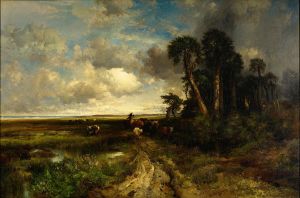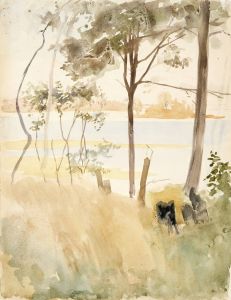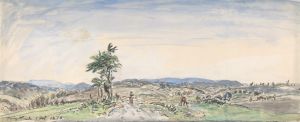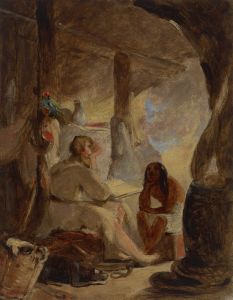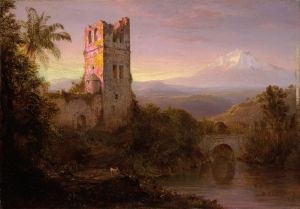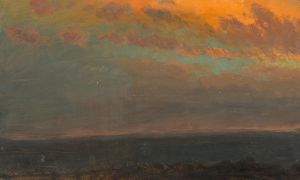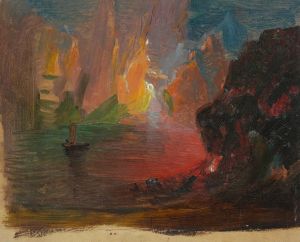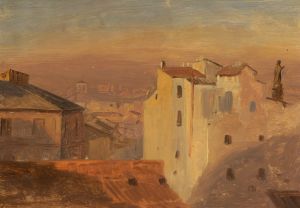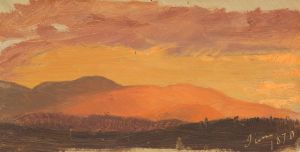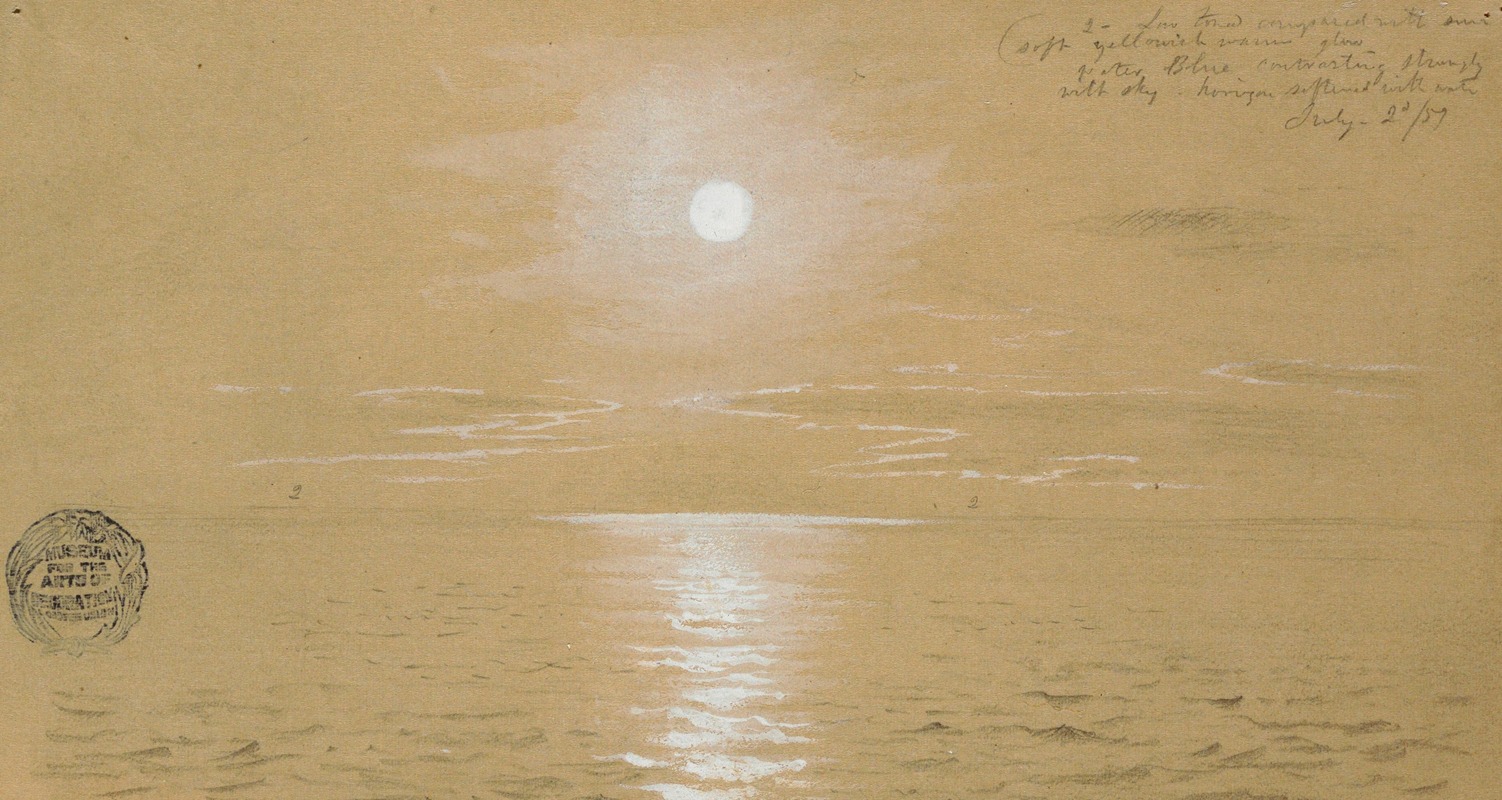
Seascapes, Newfoundland, July 6, 1859
A hand-painted replica of Frederic Edwin Church’s masterpiece Seascapes, Newfoundland, July 6, 1859, meticulously crafted by professional artists to capture the true essence of the original. Each piece is created with museum-quality canvas and rare mineral pigments, carefully painted by experienced artists with delicate brushstrokes and rich, layered colors to perfectly recreate the texture of the original artwork. Unlike machine-printed reproductions, this hand-painted version brings the painting to life, infused with the artist’s emotions and skill in every stroke. Whether for personal collection or home decoration, it instantly elevates the artistic atmosphere of any space.
Frederic Edwin Church was a prominent American landscape painter and a central figure in the Hudson River School, a mid-19th century art movement known for its detailed and romantic portrayal of the American landscape. Church's work is celebrated for its meticulous attention to detail, dramatic compositions, and vibrant use of color, which often reflect the grandeur and beauty of the natural world.
"Seascapes, Newfoundland, July 6, 1859" is one of Church's lesser-known works, yet it exemplifies his interest in capturing the sublime and varied aspects of nature. This painting was created during a period when Church was exploring different landscapes beyond the American wilderness, expanding his artistic repertoire and seeking new sources of inspiration. The year 1859 was significant for Church, as he was already an established artist with a growing reputation for his large-scale and breathtaking landscapes.
The painting depicts the rugged and dramatic coastline of Newfoundland, an area known for its striking natural beauty and harsh, yet captivating, maritime environment. Church's choice to paint a seascape in Newfoundland reflects his broader interest in exploring diverse geographical locations and capturing the unique qualities of each setting. The painting likely showcases the interplay of light and shadow on the water, the texture of the rocky shore, and the vastness of the sky, all elements that Church masterfully rendered in his works.
Church's visit to Newfoundland in 1859 was part of a larger trend among artists of the time to seek out new and exotic locales, both for personal inspiration and to appeal to an audience eager for images of distant and picturesque places. This period in Church's career was marked by extensive travel, including trips to South America and the Arctic, which influenced his artistic output and contributed to his reputation as a painter of international landscapes.
While specific details about the painting "Seascapes, Newfoundland, July 6, 1859" are scarce, it can be inferred that the work embodies Church's characteristic style, with an emphasis on realism and a keen observation of nature. His paintings often convey a sense of awe and reverence for the natural world, inviting viewers to appreciate the beauty and complexity of the landscapes he depicted.
Church's works, including his seascapes, are part of numerous public and private collections, and they continue to be studied and admired for their artistic and historical significance. His ability to capture the essence of a place and evoke an emotional response in the viewer has cemented his legacy as one of America's foremost landscape painters.
In summary, "Seascapes, Newfoundland, July 6, 1859" is a testament to Frederic Edwin Church's skill and vision as an artist. Although specific information about this particular painting is limited, it represents a period in Church's career where he was expanding his horizons and exploring new landscapes, contributing to his enduring influence in the world of art.






